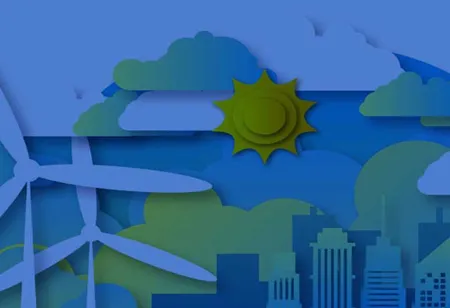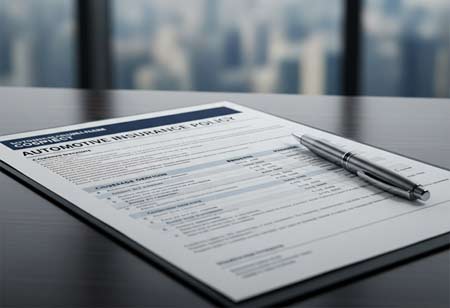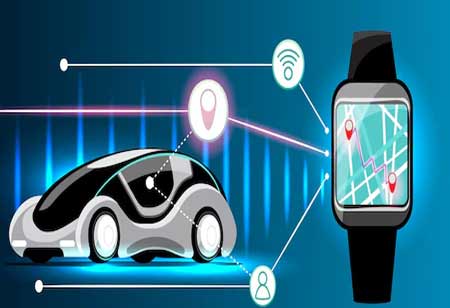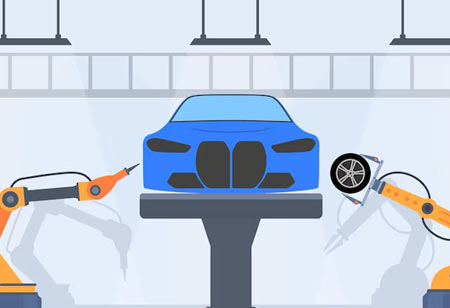THANK YOU FOR SUBSCRIBING
THANK YOU FOR SUBSCRIBING
Be first to read the latest tech news, Industry Leader's Insights, and CIO interviews of medium and large enterprises exclusively from Auto Tech Outlook

By
Auto Tech Outlook | Monday, October 17, 2022
Stay ahead of the industry with exclusive feature stories on the top companies, expert insights and the latest news delivered straight to your inbox. Subscribe today.
The Asia-Pacific regions are striving to attain decarbonisation by adopting green energy for a sustainable future.
FREMONT, CA:The Asia-Pacific region holds a pivotal role in the confrontation of climate change as a leading CO2 emissions accelerator and is under a requirement to reduce its reliance on coal, favouring the adoption of decarbonisation. Thus, governments, businesses, and investors all across the zone are shifting their focus to accelerate the approach via investments totalling up to 368 billion USD to facilitate the energy transition. Though a strong momentum favours the desired outcome, the economy of the arena encounters enumerating challenges and requirements to be met with. Thus, advancing the energy transition requires a diverse range of solutions that deploy the technology on a huge scale.
Organizing countries into broader criteria opens up a perspective where phase one nations are merely in the early stages of their energy transition that often relies on coal and thermal power. In contrast, phase two-oriented countries initiated their gas transition and are thus setting aggressive renewable energy targets. Meanwhile, the phase three zones are likely approaching the advanced stages of their transition and are perfectly positioned to export green energy on a large scale. A dense analysis of the current scenario in APAC nations outlines the potential decarbonisation pathways that exist.
Conversion from coal to gas is the initial stage of the transition to which the emerging economies of Asia are highly inclined. With coal thriving as the region’s power sector, most arenas hold a crucial count of jobs tied to the coal supply chain and are likely increasing their emission rates annually to meet soaring energy demand. Therefore, countries with booming economies are adding unprecedented gigawatts of new coal-fired power-generating capacity in recent times, and this is likely to surge further in the future.
Similarly, to catch up with the pace of accelerating electricity demands, power sector carbon emissions are increasing accordingly. Thus, to prosper with a successful transition, the phase-I nations ought to shift their focus towards increasing energy efficiency and thus reducing consumption. Opting for gas utilisation, especially of liquid natural gas, via a gas value chain that includes transportation, storage, and stable end demand is recommendable for coal-emission-driven countries.
Meanwhile, phase two countries generate over 95 per cent of their energy through natural gas and are emerging as the largest natural gas producers and exporters in the world. Yet, hurdles persist in these arenas where the big technology firms that these zones host seek green energy power centres while the areas are too small to cover solar panels or wind turbines. In phase three, countries are seamlessly leveraging green power, absorbing approximately 58 million petajoules of solar radiation per year, and it holds a vast capacity of natural resources such as lithium, which is commonly deployed as key components in electric vehicles.
Therefore, the APAC region is marching forward towards a net zero emission future by facilitating its countries to adopt varied techniques in reducing carbon emissions and thus accelerating green energy production.
 Copyright © 2025 AutoTech Outlook. All Rights Reserved | Privacy Policy | Subscribe | Sitemap | About us | Feedback Policy | Editorial Policy
Copyright © 2025 AutoTech Outlook. All Rights Reserved | Privacy Policy | Subscribe | Sitemap | About us | Feedback Policy | Editorial Policy 



